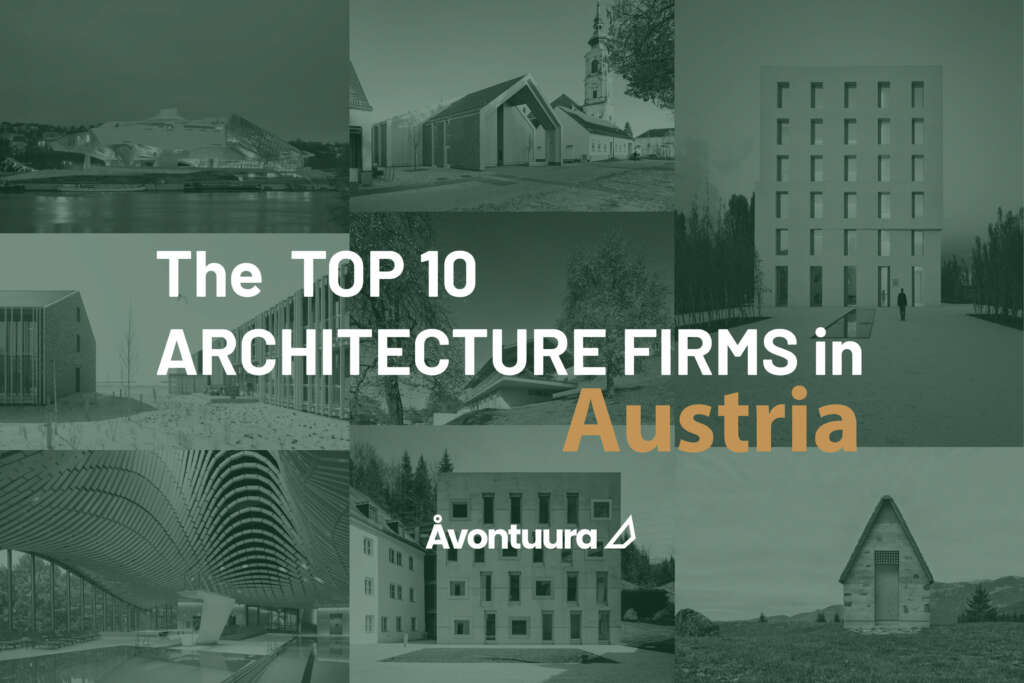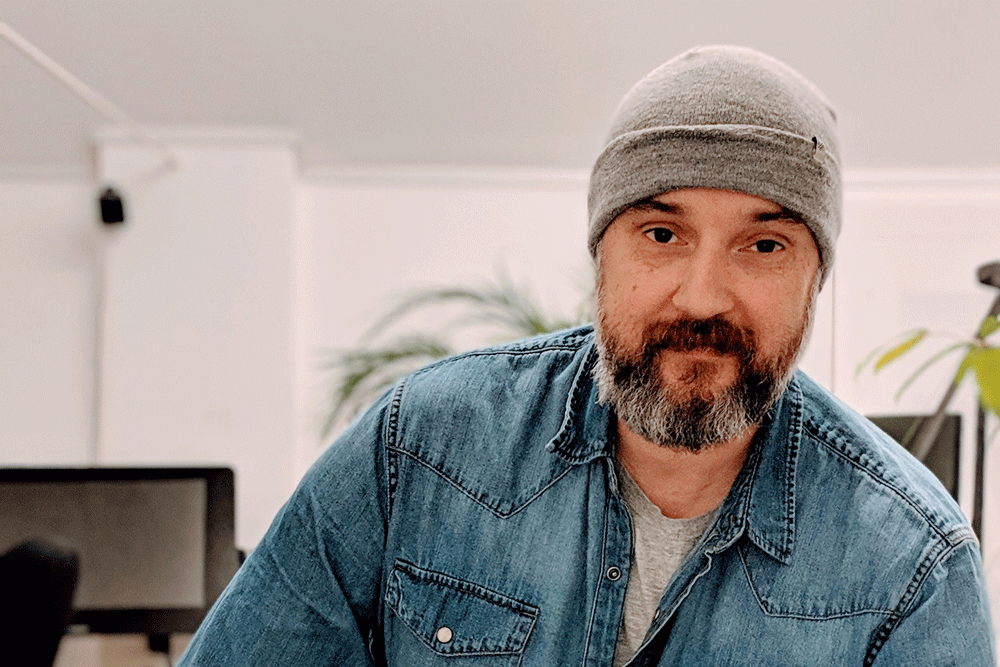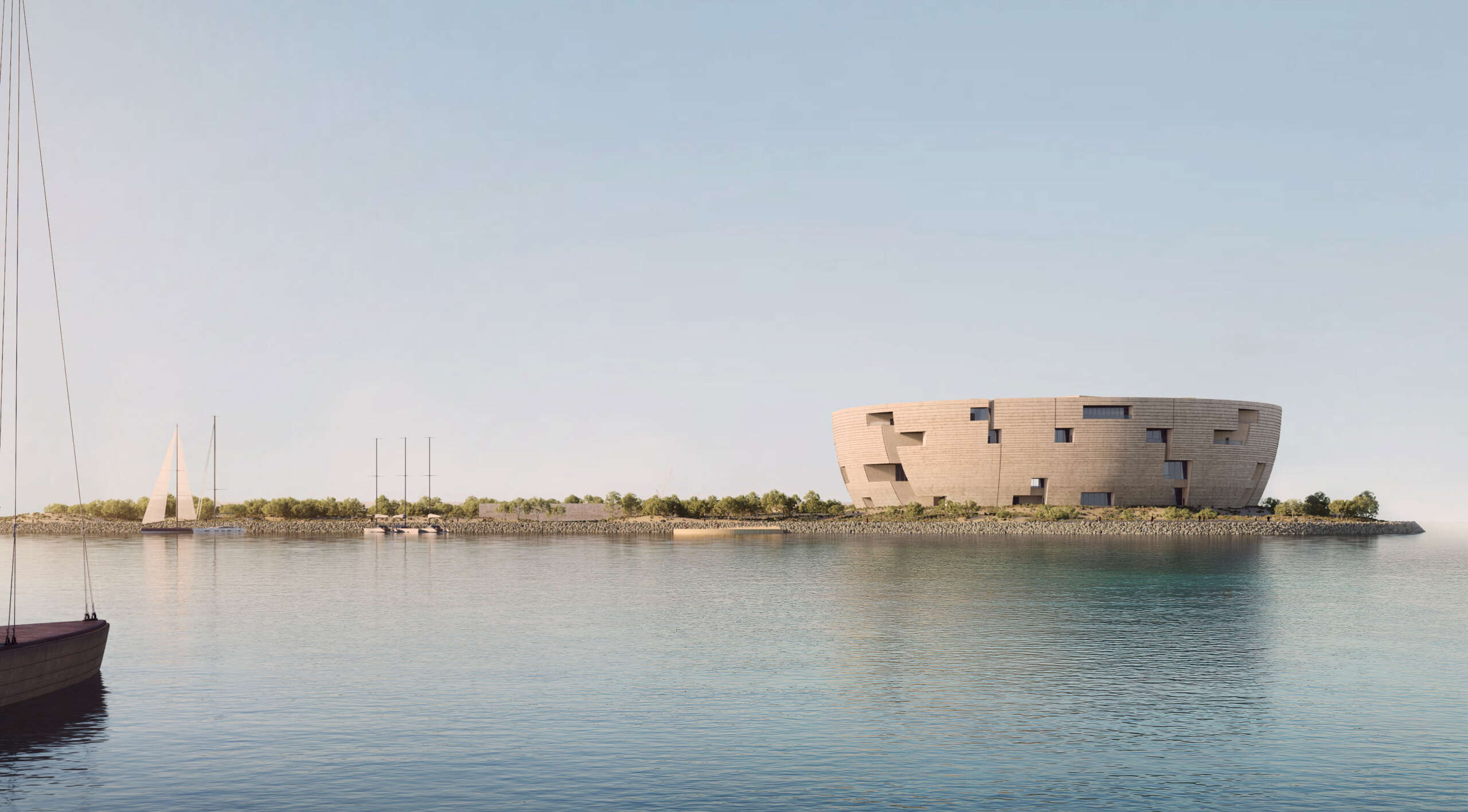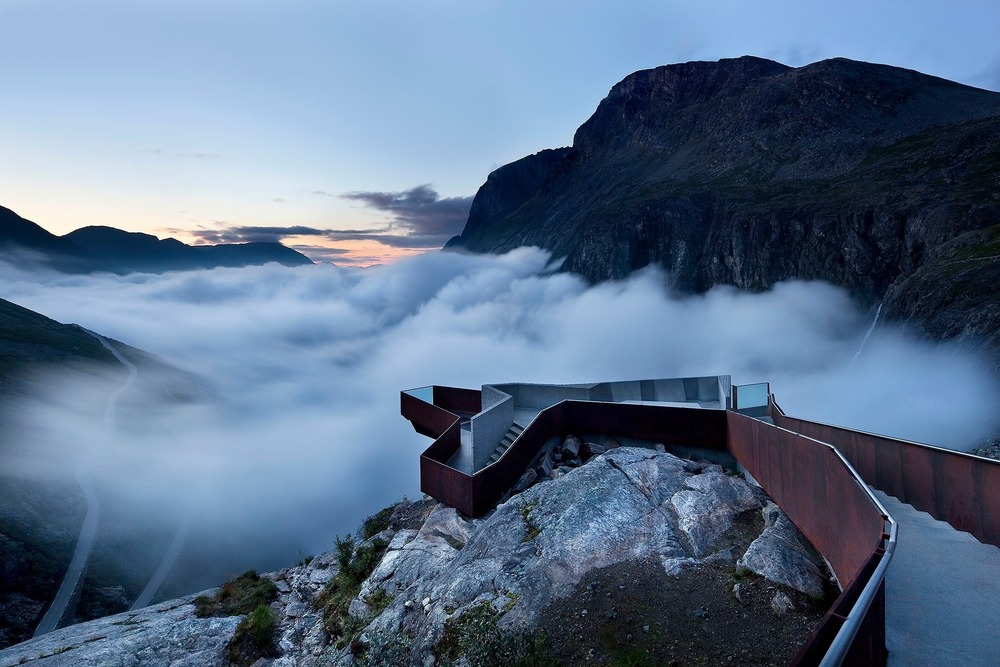
This article is part of our ongoing series on the Top 10 Architecture Firms around the world.
We’re living in an unprecedented era of human history. Globalization, urbanization and human consumption are testing the limits of our planet’s natural resources and its capacity to sustain human life. The building and construction industries alone contribute to roughly 39% of all carbon emissions in the world and with new cities and mega structures emerging at a rapid pace, it’s impossible to ignore the fact that China is, and will unquestionably be, at the forefront of humanity’s efforts. While the turn of the century has largely been dominated by ‘starchitects’ and foreign offices operating with very little regard to its context, in the last decade we’ve begun to see the emergence of Chinese architects playing a more prominent role in the social, economic and environmental development of the country. If you missed our posts on The MUST-SEE Architecture in Beijing, Shanghai or Hong Kong, I suggest checking it out as they’re great places to discover more about the country’s most inspiring and innovative projects.
Our Top 10 list isn’t a ranking; just a collection of what I feel are the best firms in the country based on their perceived reputation and personal opinion. The firms identified are not necessarily the largest, but are reflective of a new generation of architects that are leading the way in contemporary architectural thought and discourse.
With that said, here are my picks for The Top 10 Architecture Firms in China.
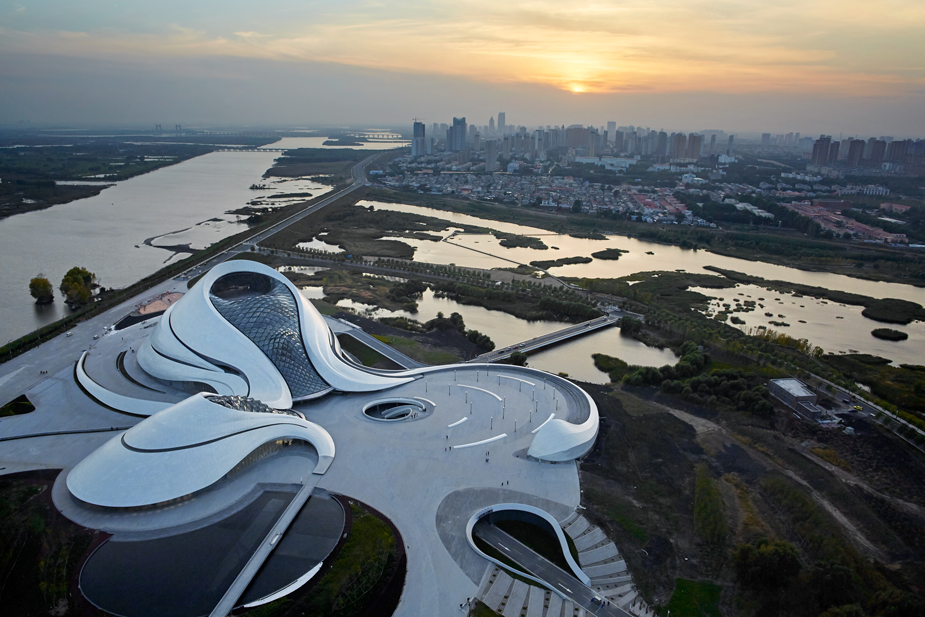
MAD Architects
Location: Beijing, Jiaxing, Los Angeles, Rome
With a vision for future cities founded on the spiritual and emotional needs of its residents, MAD Architects endeavors to create a balance between humanity, the city, and the environment. Founded by Ma Yansong in 2004 and now led along with Dang Qun and Yosuke Hayano, MAD is a global architecture firm working on the development of futuristic, organic, and technologically-advanced designs that embody a contemporary interpretation of humanity’s affinity for nature. Their projects are located all over the world from China, Italy, France, the Netherlands, Japan, and the United States. MAD’s signature cultural projects include the Harbin Opera House (China, 2015), the FENIX Museum of Migration in Rotterdam (in construction), and the Cloudscape of Haikou (China, 2021).
Discover all of our projects by MAD Architects here.
Amateur Architecture Studio
Location: Hangzhou
Founded by husband and wife duo Wang Shu and Lu Wenyu, Amateur Architecture’s work is centered around the development of a vernacular architecture that is rooted in traditional Chinese construction techniques, materials and craftsmanship. They famously chose their name as a rejection to the “professional, soulless architecture” that is currently practiced in China, which Shu believe has contributed to the large-scale demolition of many old urban neighborhoods (per the Pritzker Prize Laureate Media Kit). Some of their best know work includes the Ningbo Museum of Art (pictured), Five Scattered Houses, China Art Academy and the Ningbo Museum.
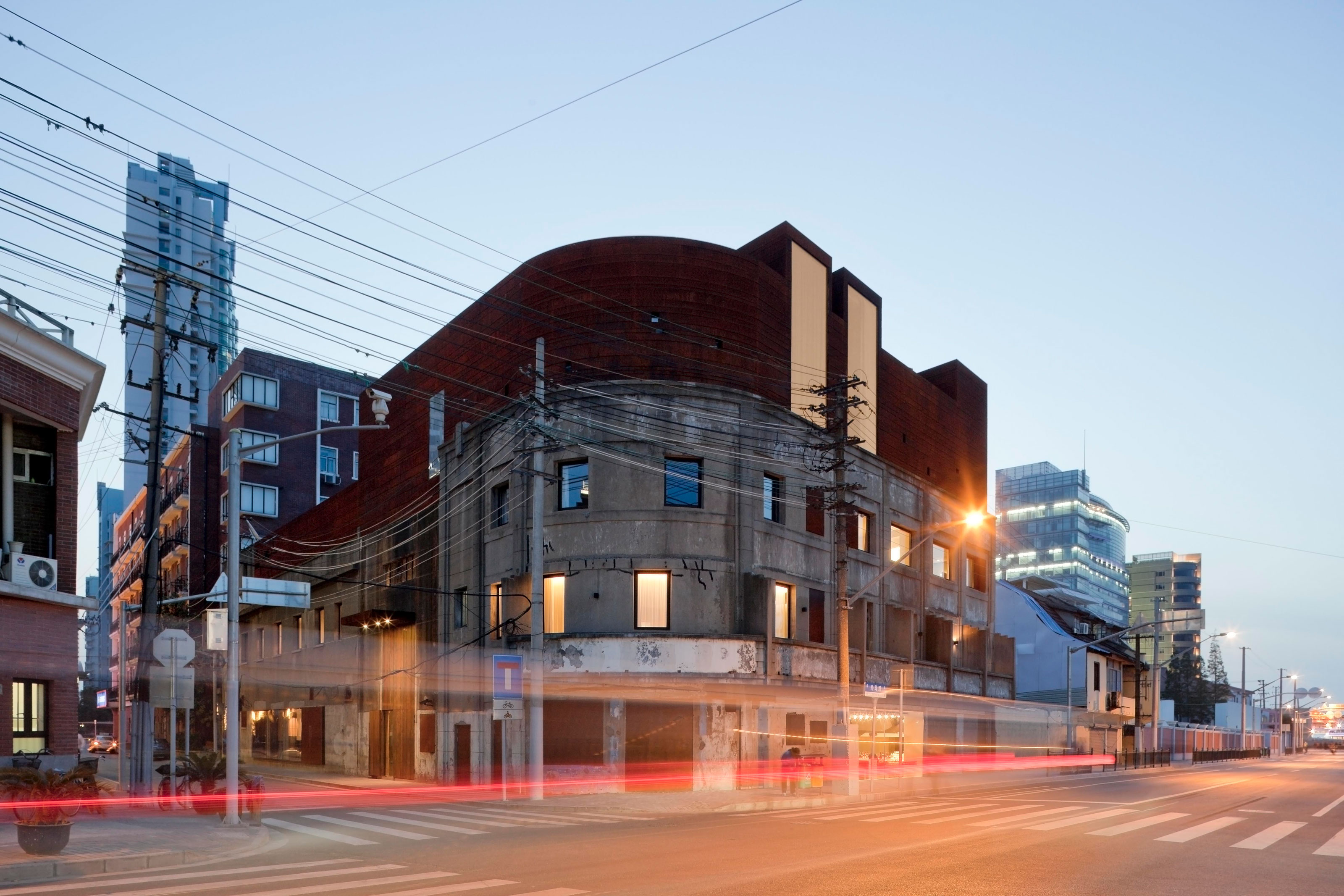
Neri&Hu Design and Research Office
Location: Shanghai
Neri&Hu is an inter-disciplinary architecture and design practice founded by partners Lyndon Neri and Rossana Hu. With an international portfolio of architecture, interior design, master planning, graphic and product design projects, the studio is composed of a very multi-cultural staff who speak over 30 different languages. The diversity of the team reinforces a core vision for their practice: to respond to a global worldview incorporating overlapping design disciplines for a new paradigm in architecture. Some of their best-known work includes The Waterhouse at South Bund; a stunning Corten addition to an old Japanese Army headquarters in Shanghai, and the Junshan Cultural Center; a shimmering metal building with a central courtyard in Beijing.
Discover all of our projects by Neri&Hu here.

Vector Architects
Location: Beijing
Vector Architects was founded in 2008 by architect DONG Gung. Over 13 years of practice, the studio has had an intense focus on the architectural matters of Site, Light, and Making. On Site, the studio believes that architecture takes root in in its context and that site makes architecture real. On Light, they believe that light is a phenomenon for our eyes to observe, and an aura in which to immerse our body and soul. On Materials, they feel that making is the fundamental component of architecture, and the process of making is a series of operations and manipulations of “materials.” As a result, Vector ensures that their architects participate in the entire process of construction and are engaged in the process of making. Some of their best-known work includes Alila Yangshuo (pictured); a hotel and reimagined sugar mill complex in the heart of the Guangxi region, and the Seashore Chapel; a beach-top structure inspired by an old boat drifting on the ocean waters.
Discover all of our projects by Vector Architects here.
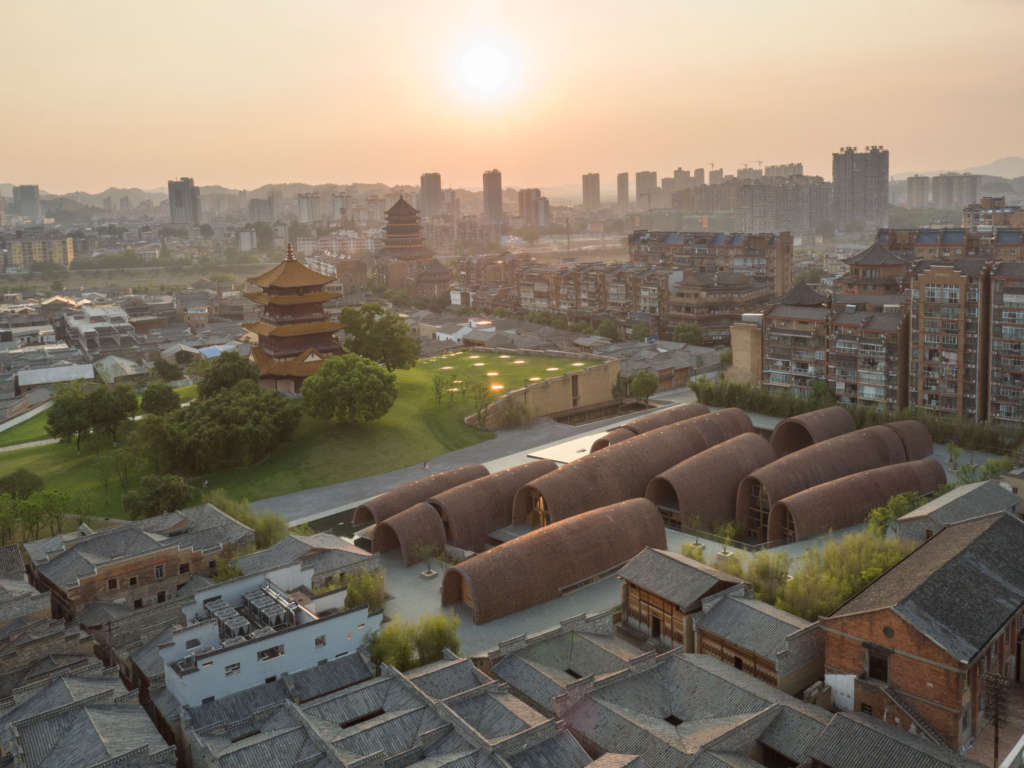
Studio Zhu Pei
Location: Beijing
Founded by Zhu Pei in 2005, Studio Zhu Pei is one of the leading Chinese architecture firms focusing on art and cultural projects. The studio is recognized for its experience and ability to blend forms, space, and light with great contextual sensitivity while utilizing the unique qualities of a given project and creating a unique, concept-driven design. The studio specializes in seamlessly integrating new projects into existing contexts of a particular nature, culture, and historical importance. Their most notable work includes the Jingdezhen Imperial Kiln Museum (pictured), the Yangliping Performing Arts Center, and the Shou County Culture and Art Center.
Discover all of our projects by Studio Zhu Pei here.
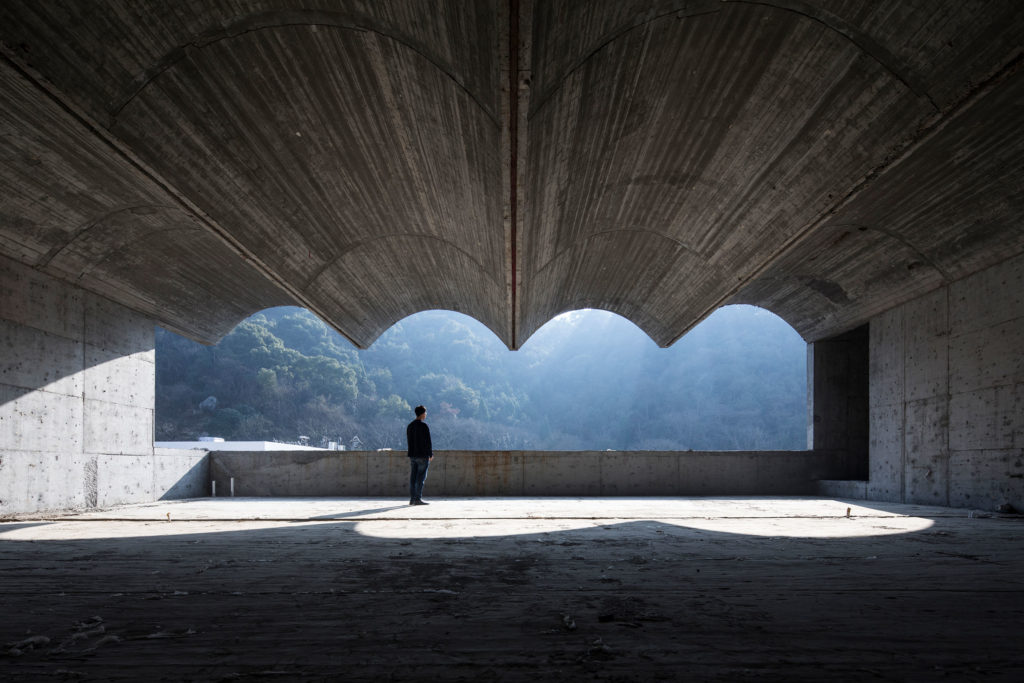
Atelier Deshaus
Location: Shanghai
Founded in 2001, Atelier Deshaus operates in the fields of cultural and educational architecture, with a specific focus on museums, art galleries, and libraries. Led by its Principals, Mr. Liu Yichun and Mr. Chen Yifeng, the office has been invited to participate in several major international architecture and art exhibitions with projects covering more than 15 countries and regions. Some of their most important work includes the atmospheric Taizou Contemporary Art Museum (pictured), and the Shanghai Art Museum – a building that has helped to revitalize the industrial legacy along the city’s Huangpu River.
Discover all of our projects by Atelier Deshaus here.
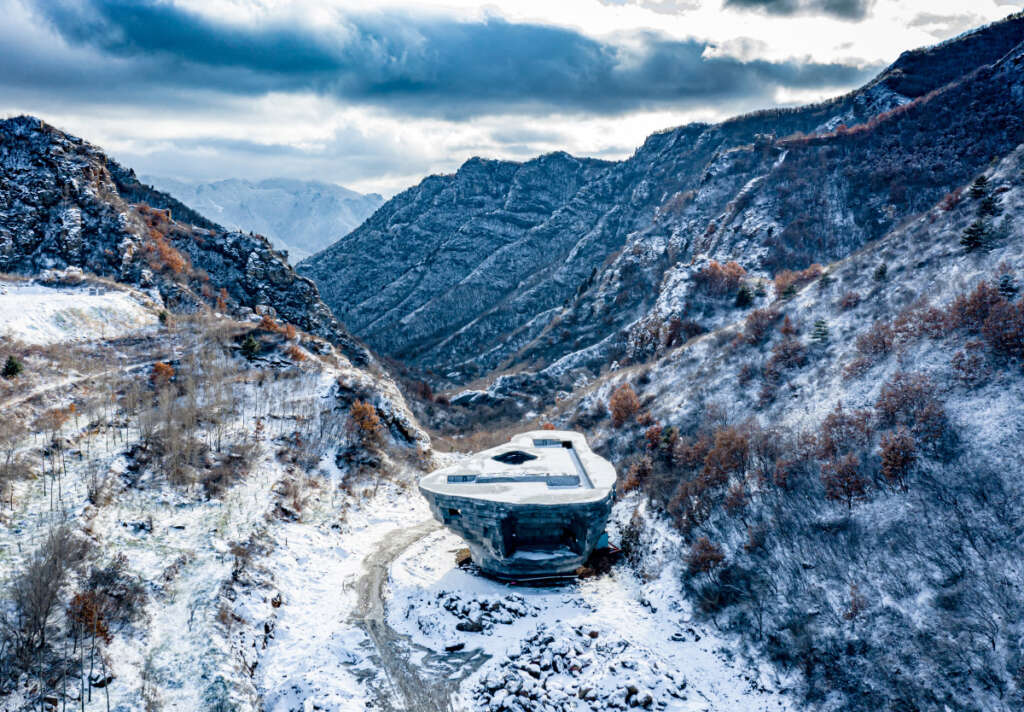
OPEN Architecture
Location: Beijing
OPEN Architecture is widely recognized for its innovative work in the fields of urban, landscape, architecture, and interior design. Founded by Li Hu and Huang Wenjing in New York City, OPEN established a Beijing office in 2008 and in that time have constructed a number of high-profile buildings including the Chapel of Sound in Beijing (pictured), the UCCA Dune Art Museum in Qinhuangdao, and the School as a Village campus in Shanghai. OPEN Architecture believes in the innovative power of architecture to transform people and the way they live, while striking a new balance between the manmade and nature.
Discover all of our projects by OPEN Architecture here.
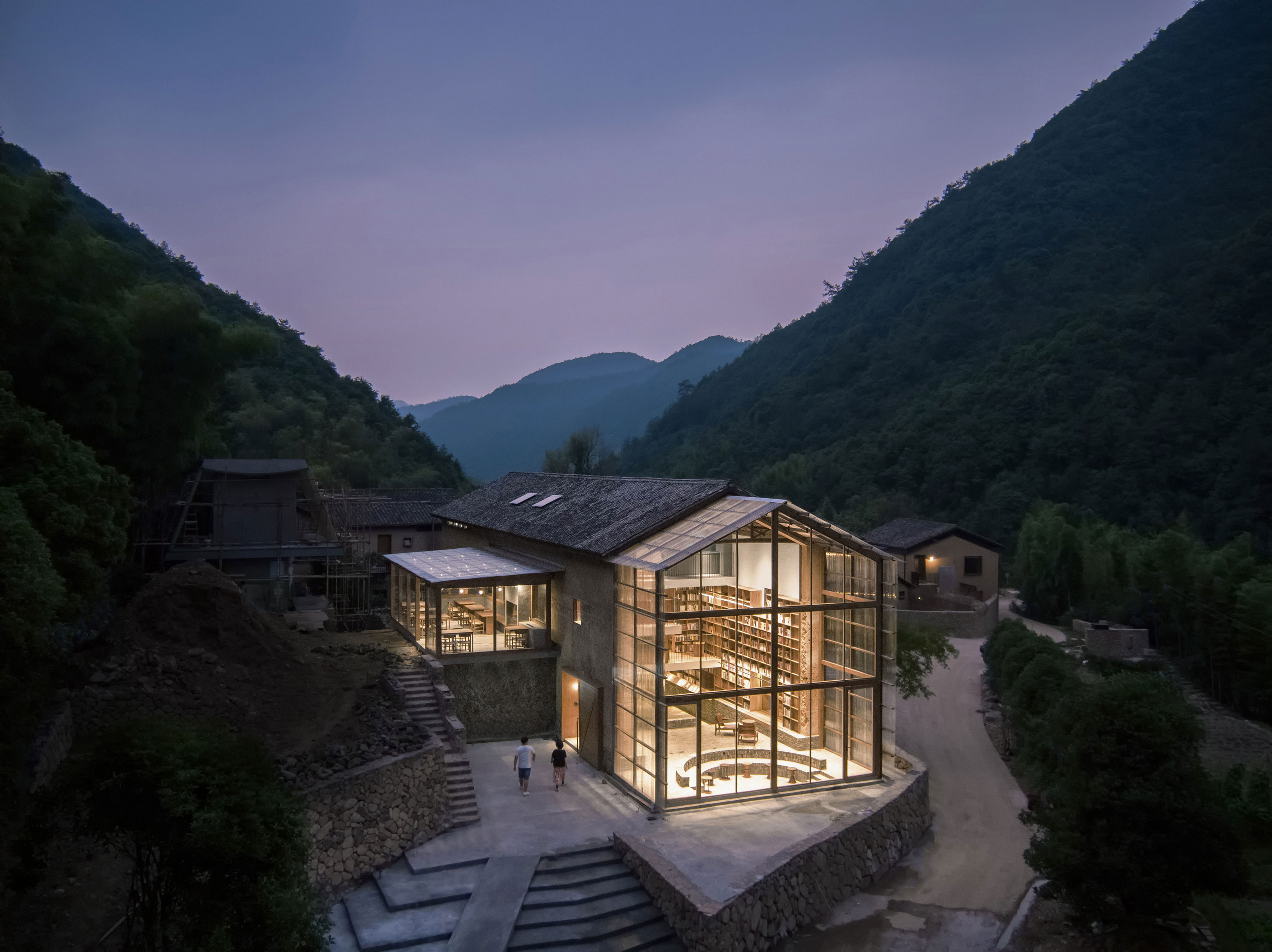
Atelier tao+c
Location: Shanghai
Atelier tao+c is an emerging design studio experimenting in the fields of architecture, interior design, product design, and teaching. Founded by architectural designers Tao Liu and Chunyan Cai in 2016, the studio is focused on the research and restoration of old buildings and the domestic landscapes within them; specifically how people withdraw to an inner world and the natural evolution of that given space over time. Their approach includes the use of elementary forms, clean proportions and unexpected moments that make a space pop while embracing the beauty in everyday life. A strong use of local materials is typically presented through an unpolished technique that expresses their attitude towards detailing and craftsmanship while capturing the complexity of daily life in a simple way. Some of their best-known work includes the Capsule Hotel and Bookstore in Qinglongwu Village (pictured) and live/work the u-shape room in Shanghai.
Discover all of our projects by Atelier tao+c here.
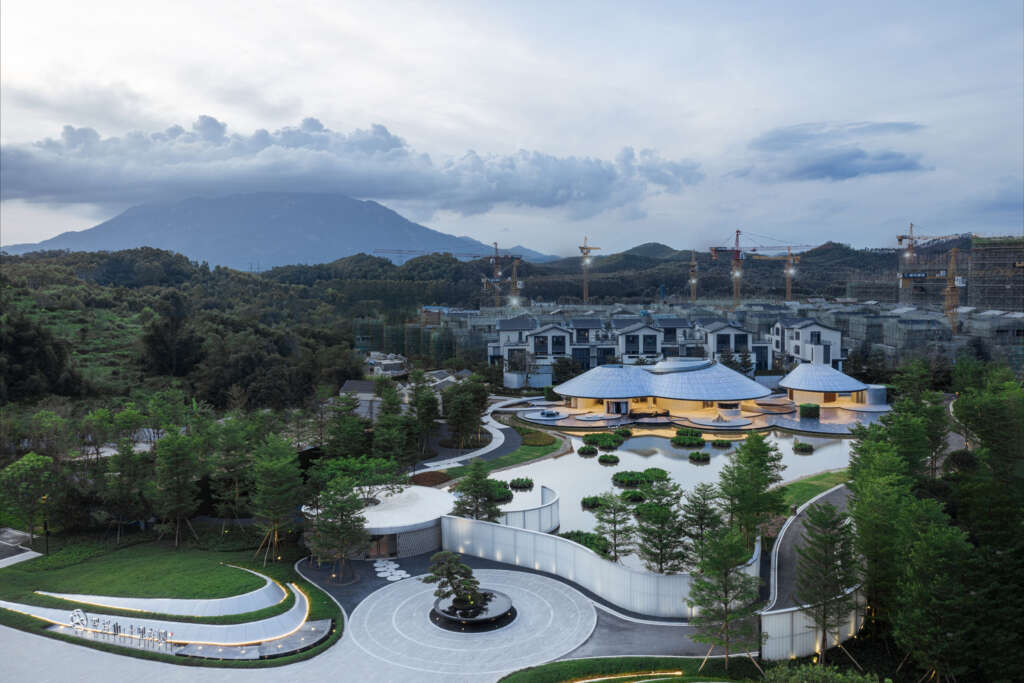
Wutopia Lab
Location: Shanghai
Wutopia Lab is a well-regarded architecture company in China with a human-centred focus to design. Founded by chief architect Yu Ting, the studio is dedicated to the research and development of a new model for urban life in Shanghai and the daily, traditional, and cultural aspects that make it up. Wutopia Lab regards Shanghai’s culture and lifestyle as a starting point, using architecture as a tool to promote sociological progress within building practice while forming a new paradigm for complex systems. Some of their most well-known projects include The Aluminum Mountain in Guangdong (pictured), the Dream within dream in Huzhou, and Satori Harbour; a transcendental library in an existing office tower in Guangzhou.
Discover all of our projects by Wutopia Lab here.
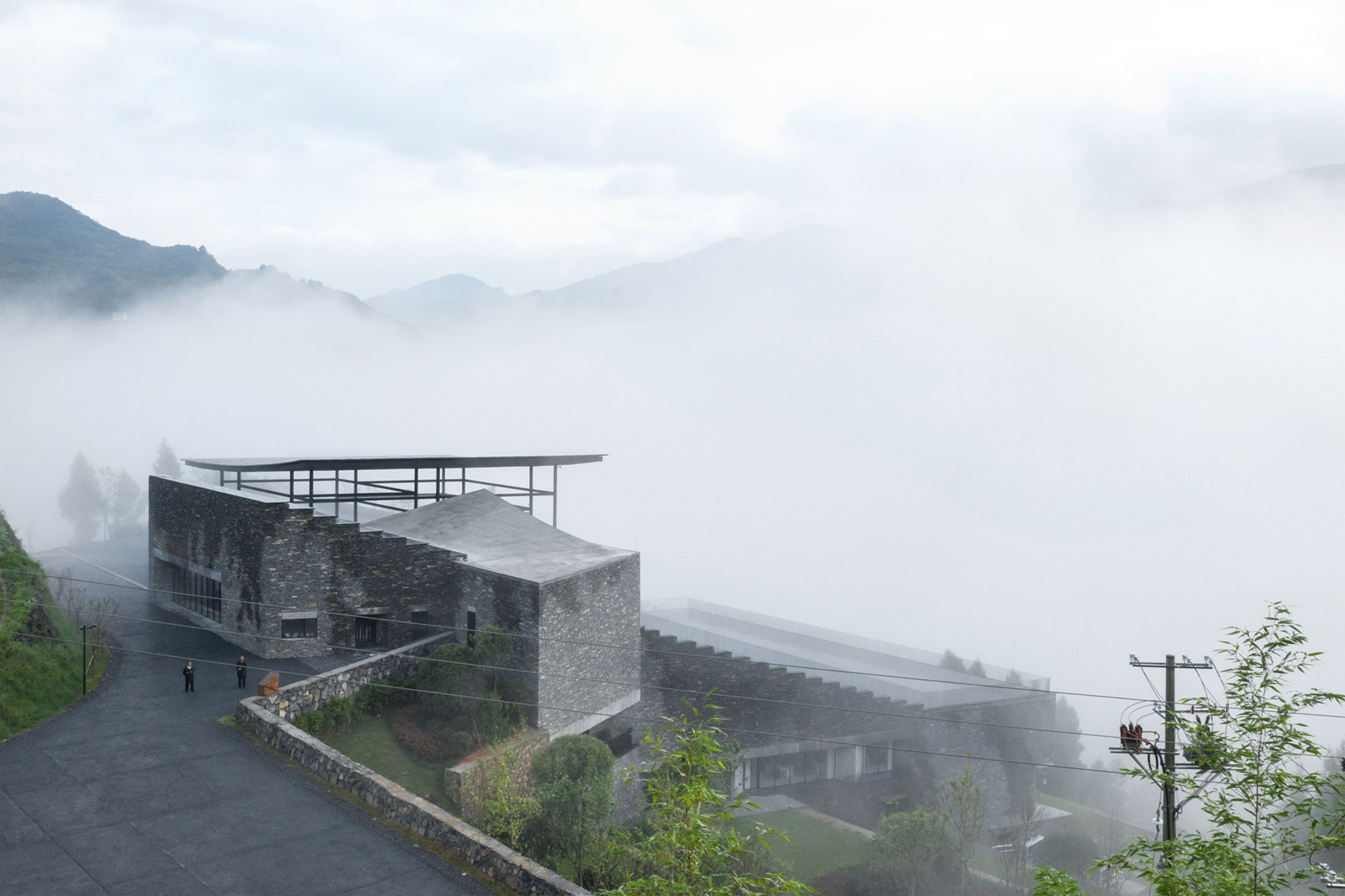
ZJJZ Atelier
Location: Shanghai
Translated into Chinese, ZJJZ’s name means “休/耕”. The first character is rest, while the second signifies farming. When put together, the phrase means allowing land to become fallow, to restore its fertility. More than anything, ZJJZ’s work is about the joy of design, the mission we have chosen as architects, and our desire to remain sensitive to the world around us. “休/耕”, in a way, reminds us to slow down, as fallow is a crucial part of farming that allows us to use our time carefully, and to lay the foundations for our best work. With an expertise in cultural and public projects like the Dafa Canal Tourist Information Center (pictured) and Woodhouse Hotels, these projects reaffirm the studio’s belief that architecture is not limited to a physical structure that merely satisfies functions, but it is also a container of space that users interact closely with–a combined experience formed by light, shadow, sound, color and details, where rationality and spirituality coexist.
Discover all of our projects by ZJJZ Atelier here.


